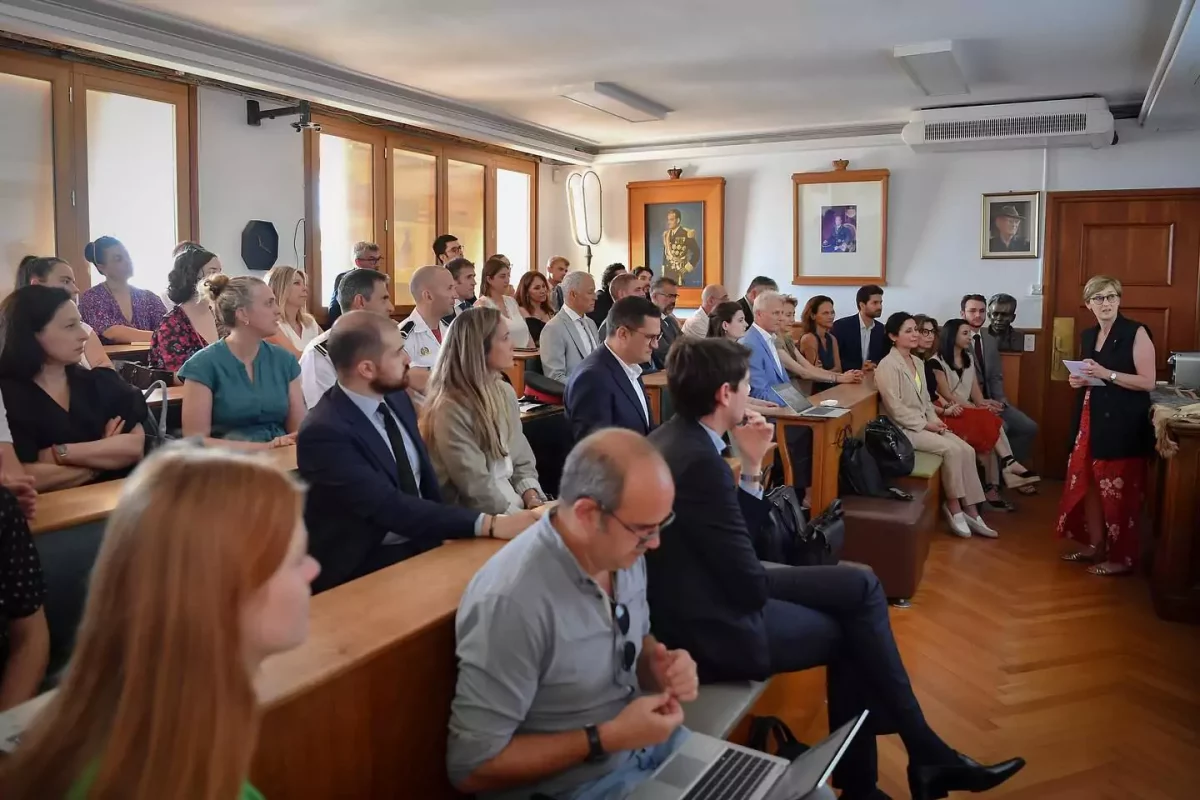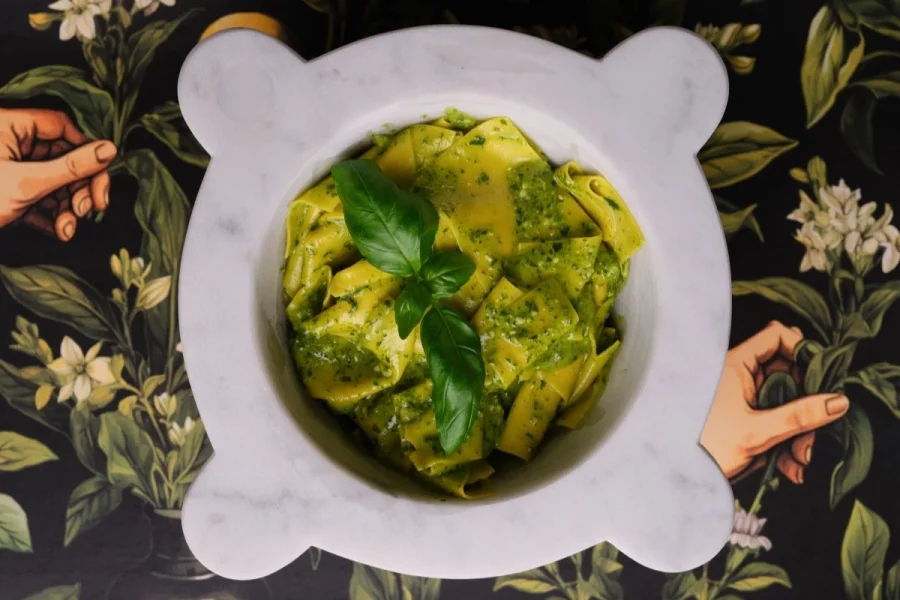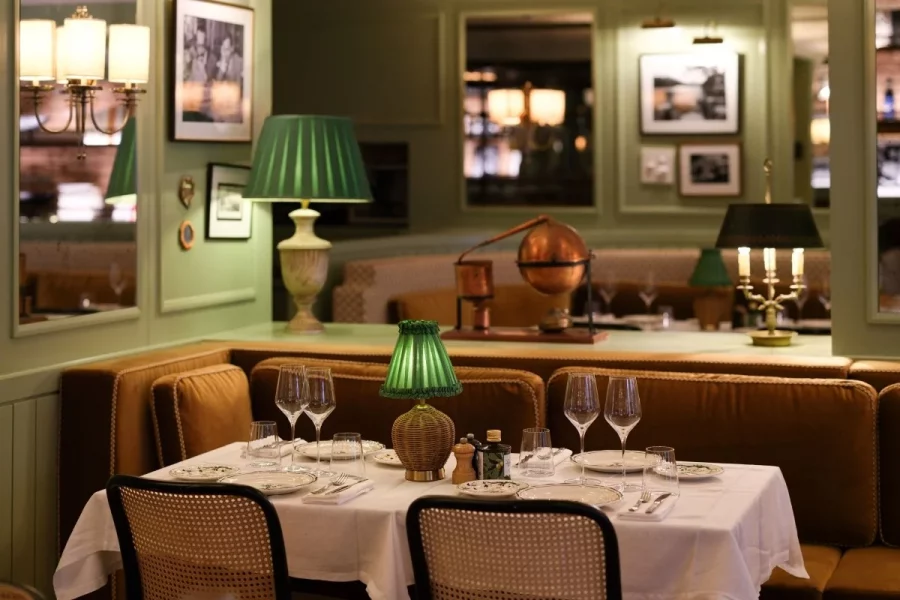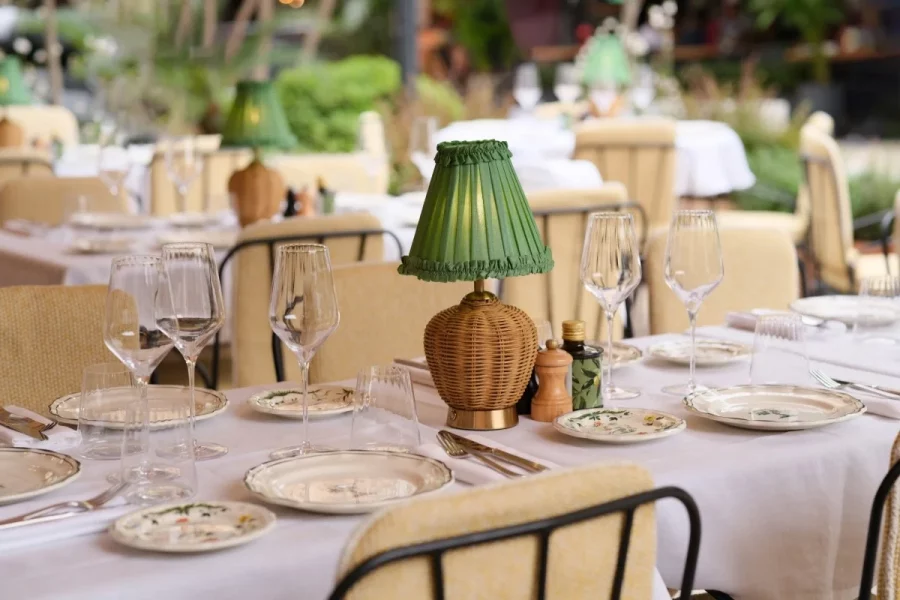You could say it is the charm of the Italian landscape, its history and its culture that is contributing to the boom in interest in Il Bel Paese, but a new report by real estate consultancy firm Knight Frank suggests that there is more to the story.
Interest in Italy is growing across the board. Tourist numbers are up, prime property prices are surging, and with quality of life and lifestyle becoming ever more important in the post-Covid era, it would appear that Italy has it all.
But it is the fiscal approach that has particularly caught the eye of the world’s wealthy, who are becoming ever more seduced by the nation’s intriguing non-dom tax policy.
Back in 2017, Italy introduced a flat-tax rate of €100,000 per annum on foreign income in exchange for residency for the ultra high net worth individuals (UHNWIs) who were keen to make Italy their home.
“With global wealth increasingly mobile, driven by geopolitical tensions, economic uncertainty and a series of elections many of which are likely to trigger significant tax and policy changes, Italy is poised to be a focal point in this shifting landscape,” writes Knight Frank’s Head of European Residential Research, Kate Everett-Allen.
Close to 1,000 UHNWIs are believed to have relocated to the peninsular in recent years. Between 2022 and 2023, this population grew by 3.8%, and it is set to increase again. According to the global real estate consultancy firm’s Wealth Report 2024, the population of UHNWIs with a net worth of $30+ million in Italy is likely to swell by 19% over the next five years.
See more: Real Estate: Family homes dominate Monaco’s property market growth
On top of this, Italy launched its new digital nomad visa in April 2024. The scheme is open to a range of skilled workers from beyond the EU’s borders who have an annual income of €28,000 or more, widening the door further for other foreigners keen to set up shop and live la dolce vita further still.
Italy’s luxury property prices
From the glamourous villas of the Amalfi coast to countryside estates in Umbria and Tuscany, lakeside retreats on the shores of Lake Como or Lake Garda, cosmopolitan residences in cities such as Milan and Venice, without forgetting the array of luxury Alpine boltholes in the nation’s prestigious ski resorts, the prime property market is incredibly diverse – and appealing.
Prime property prices rose by an estimated 4% in 2023, with the Knight Frank report indicating an overall 16% rise on the pre-Covid year of 2019 – a landmark for many experts in the real estate sector.
In cities and regions such as Milan, Florence, Lake Como, Rome, Venice and Sardinia, prime property prices have increased by between 10% and 20% since 2019, and the choice of location appears to be diversifying still among investors and residents, with growing interest in lesser-known parts of the nation, such as Lucca, a city set back from the Tuscan coast, not far from the bigger destinations of Pisa and Florence.
Demand is always higher than supply at the top end of the Italian real estate market, driving the market forwards yet creating ever more opportunities.
Italy is having a renaissance, and it is the world’s wealthiest that it hopes to bring into the fold.
Read related:
Property prices at record levels in almost all Monaco neighbourhoods
Monaco Life is produced by real multi-media journalists writing original content. See more in our free newsletter, follow our Podcasts on Spotify, and check us out on Threads, Facebook, Instagram, LinkedIn and Tik Tok.
Photo source: Peter Thomas, Unsplash






